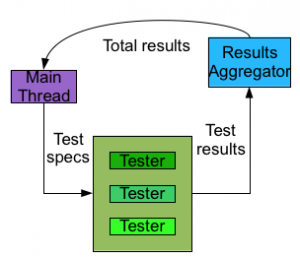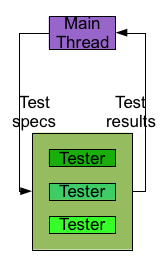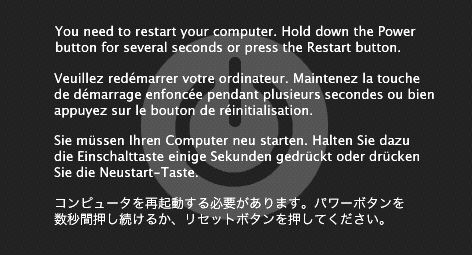FATE involves some database tables that define the test specifications. Like everything else in FATE, the concept could use some improvement. After I prototyped an improved, multithreaded testing client, the next logical revision seemed to be the test spec system.
History
The test spec system has been handled by a single table that includes an FFmpeg command line (with a few possible modifiers thrown in), an integer ID, a human-friendly ID, a description, the expected command line return code, the expected command output, a maximum runtime, and a Boolean to indicate whether the test is to be considered active.
Adjunct to this test database is a large corpus of test media named the FATE suite.
At first, the FATE testing script used a direct MySQL database protocol to query the test specs from the server before every build/test cycle. I soon realized this was ludicrously inefficient since the test specs don’t change that often. So I cached the tests in a static file to be retrieved via HTTP, first in Python’s “pickled” (serialized) format, then in an SQLite database.
Planned Upgrades
There are 2 major features I would like to build into the system going forward:
- The ability to version the entire suite so that it’s possible to test old branches of FFmpeg
- Another database field to indicate which, if any, other test specs must be executed before this spec can be executed
I think I will take this opportunity to switch the test cache serialization format to JSON. I switched from Python pickling to SQLite because the latter was more portable between languages. JSON has that same benefit. Further, working with JSON data doesn’t require a round trip to disk (i.e., want to generate an SQLite database for sending via HTTP? It needs to go onto disk first. It’s possible to create and manipulate a database entirely in memory but not fetch the bits).
Things To Research
- Pondering how version control systems operate and what they have to teach regarding how to version this data (including the question of whether I can just use an existing version control mechanism instead of creating my own system)
- Efficient caching mechanism
- Tagging test specs for alternate purposes such as longevity testing
- Learn about web form programming in the 21st century so that it’s not quite as painful to maintain the system.
Preliminary Versioning Concept
Here is one approach I am thinking of: Create test groups. Each test spec is assigned to at least one test group. I can think of at least 2 groups: functional (the base test set in existence that validates functionality) and profiling (the projected test set that will be used for ongoing performance and memory profiling). The web frontend will allow for the creation of labels that will apply to a single group. Doing so will apply that label to all active tests in the group.


